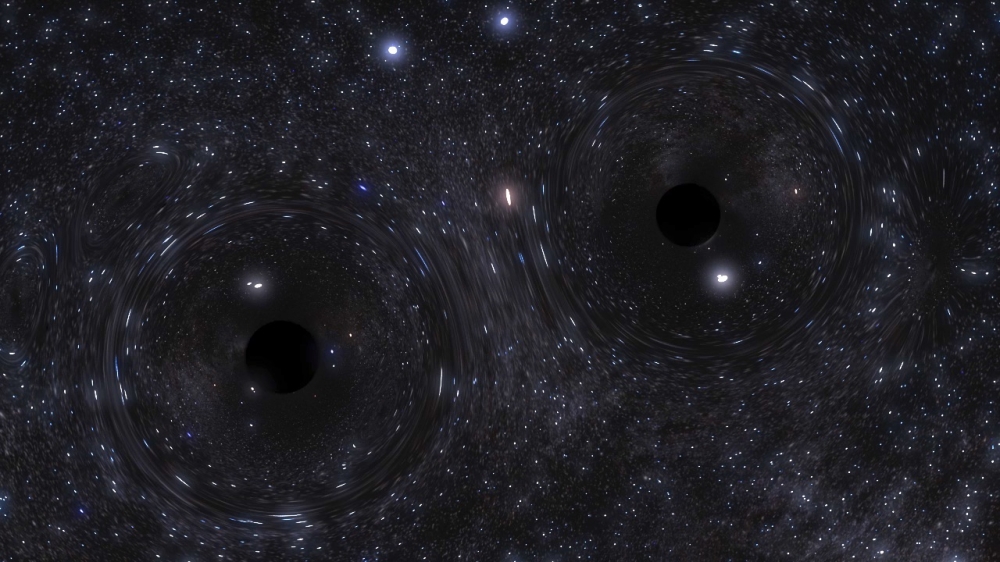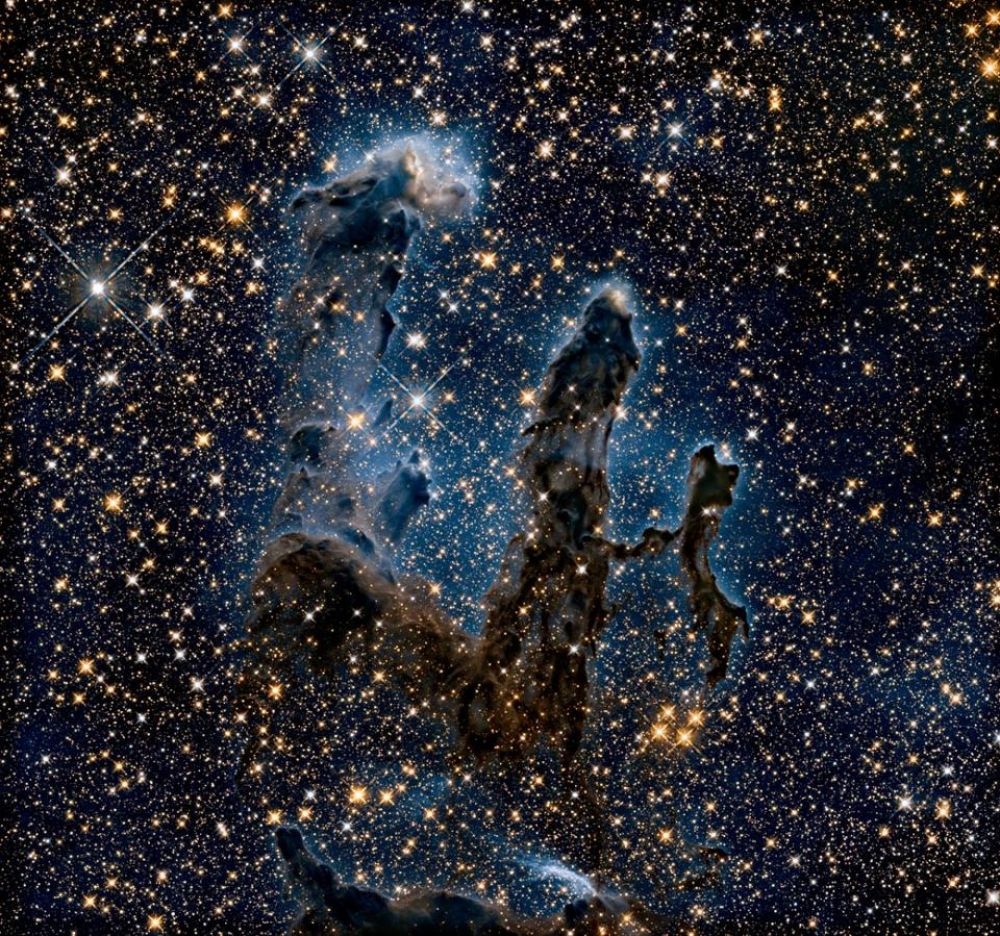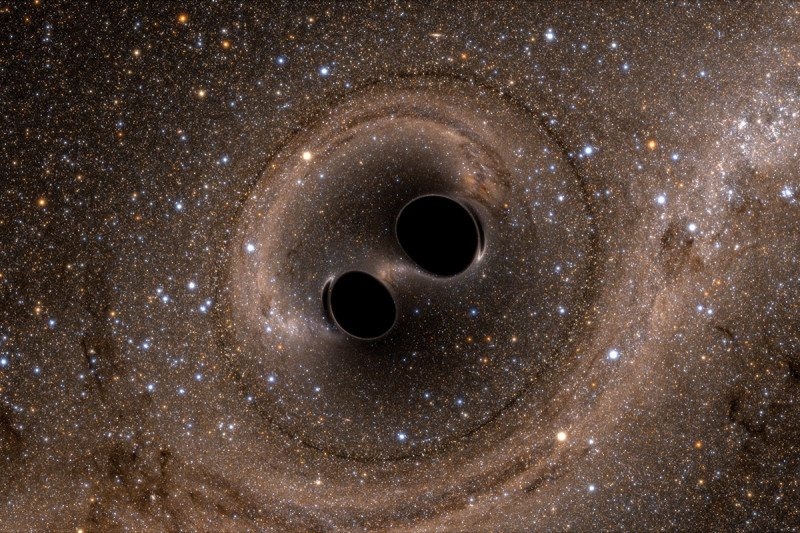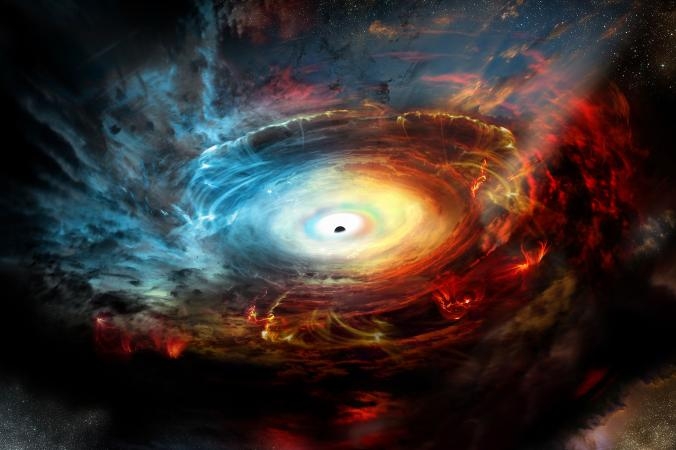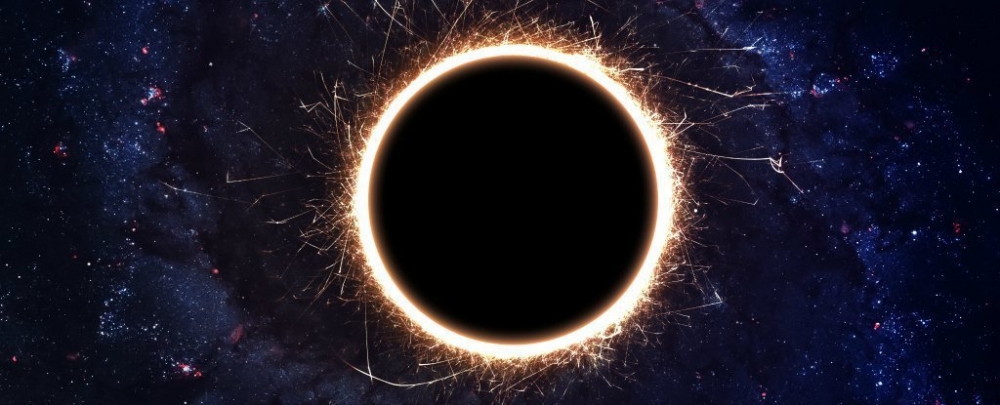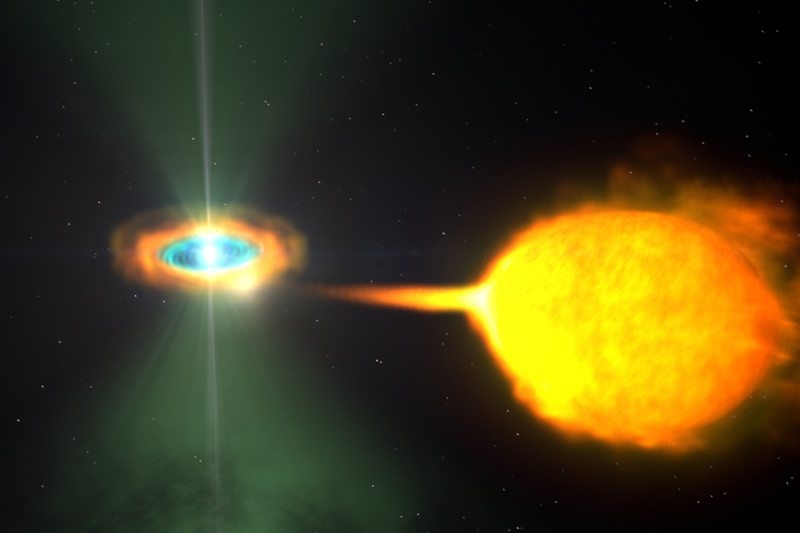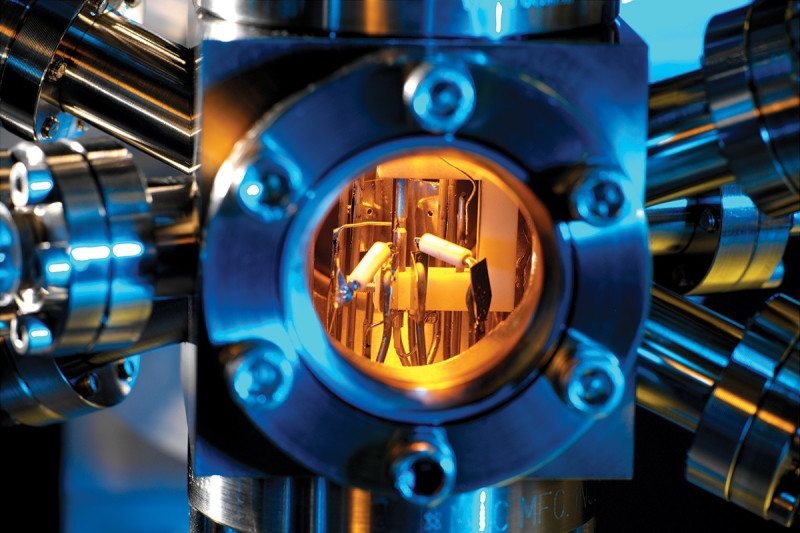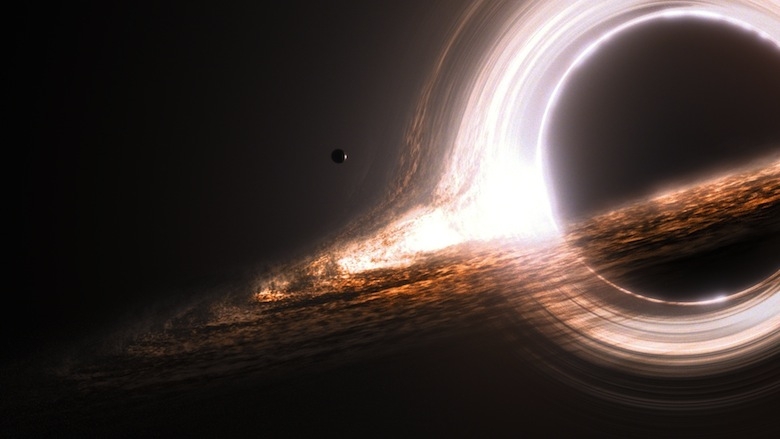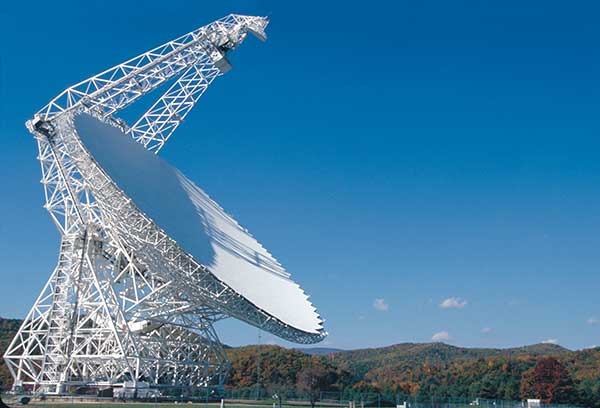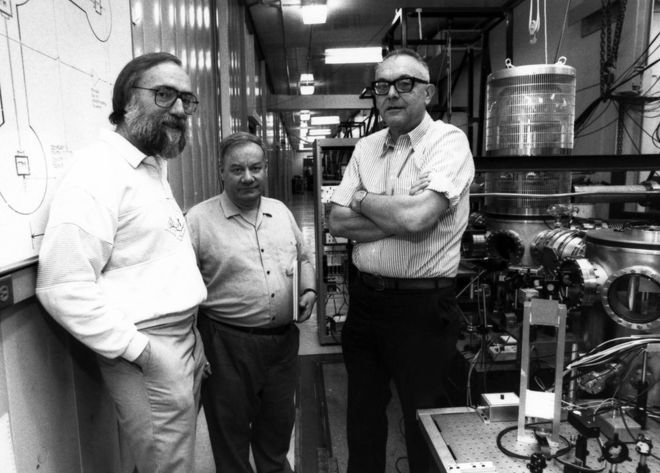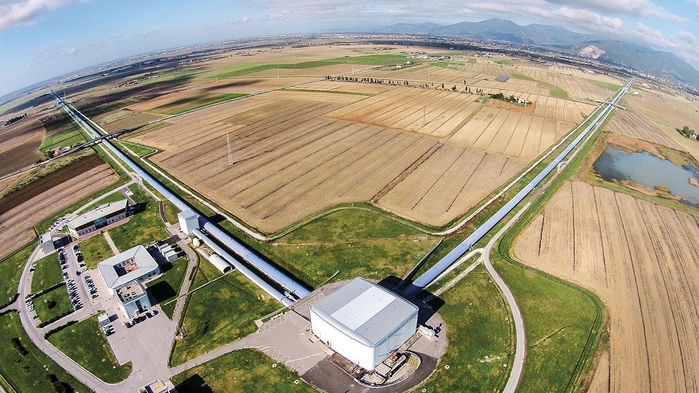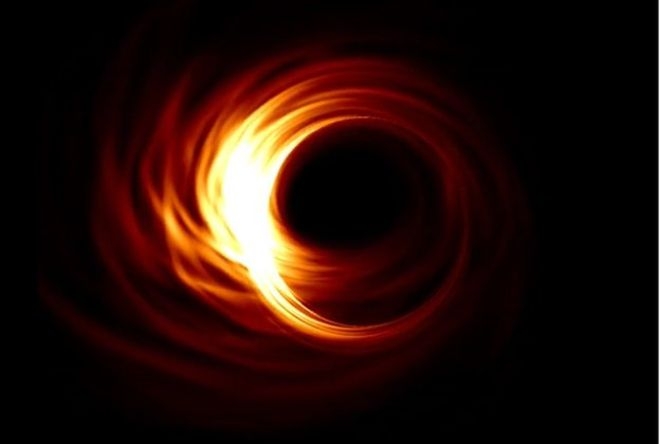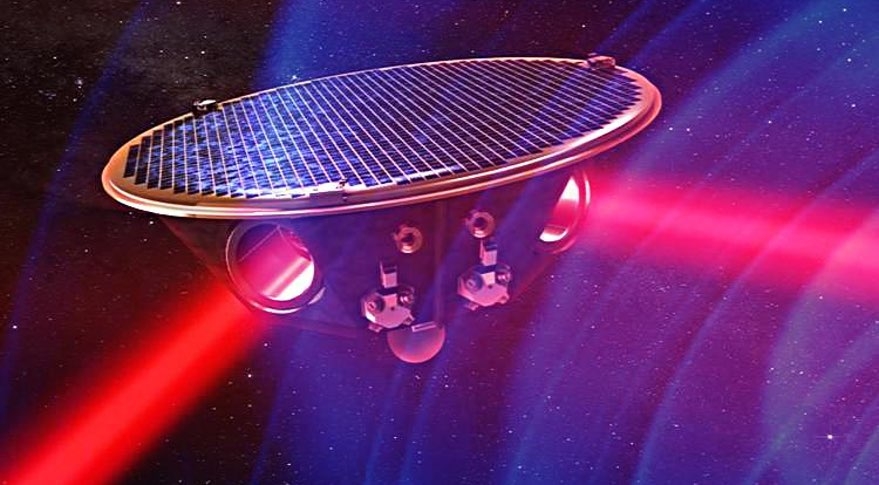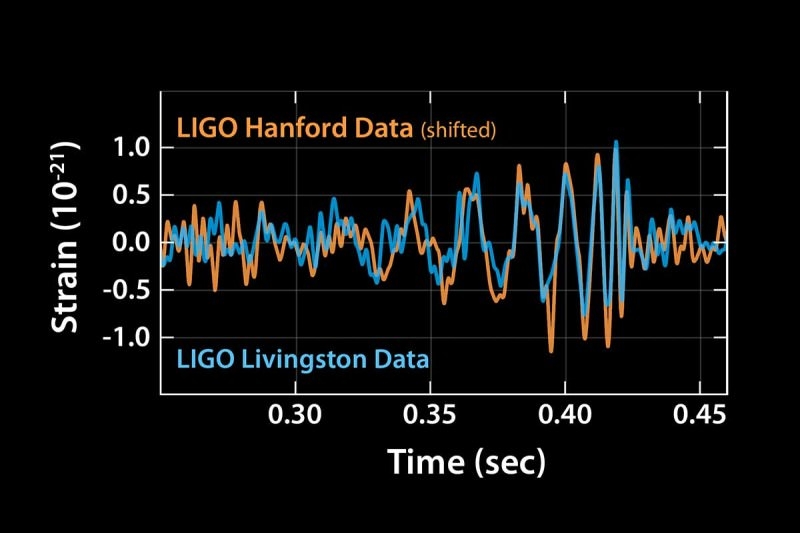Rumors of inflationary theory's demise premature, researchers say

Professor Andrei Linde is among the physicists responding to a recent media story taking aim at inflationary theory. Credit: L.A. Cicero
May 11, 2017 by Amy Adams
From the earliest human civilizations, people have looked to the heavens and pondered the origins of the stars and constellations above. Once, those stories involved gods and magical beings. Now, there's science, and a large research enterprise focused on understanding how the universe came to be.
Squarely in the center of this research enterprise is what's known as inflationary theory. It argues that the universe was born out of an unstable, energetic vacuum-like state then expanded dramatically, spinning off entire galaxies produced by quantum fluctuations. This theory was proposed in 1980 by Alan Guth, presently at MIT. A year later, this theory was improved and extended by Andrei Linde, Stanford professor of physics, who has spent a lifetime modifying and updating it as new data emerged.
See full text
